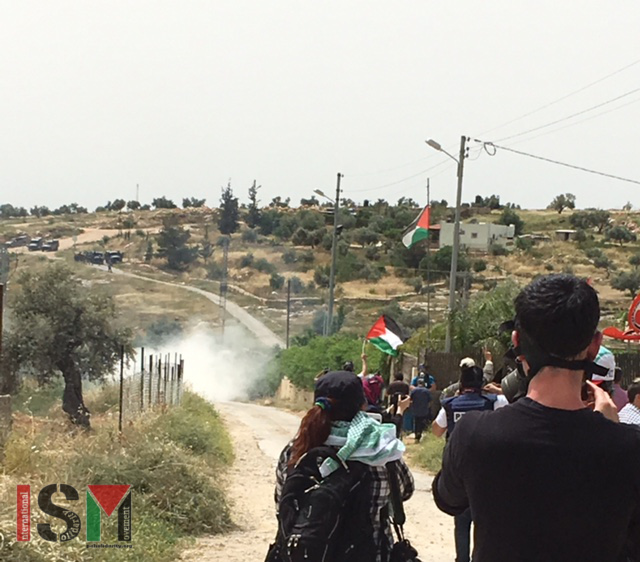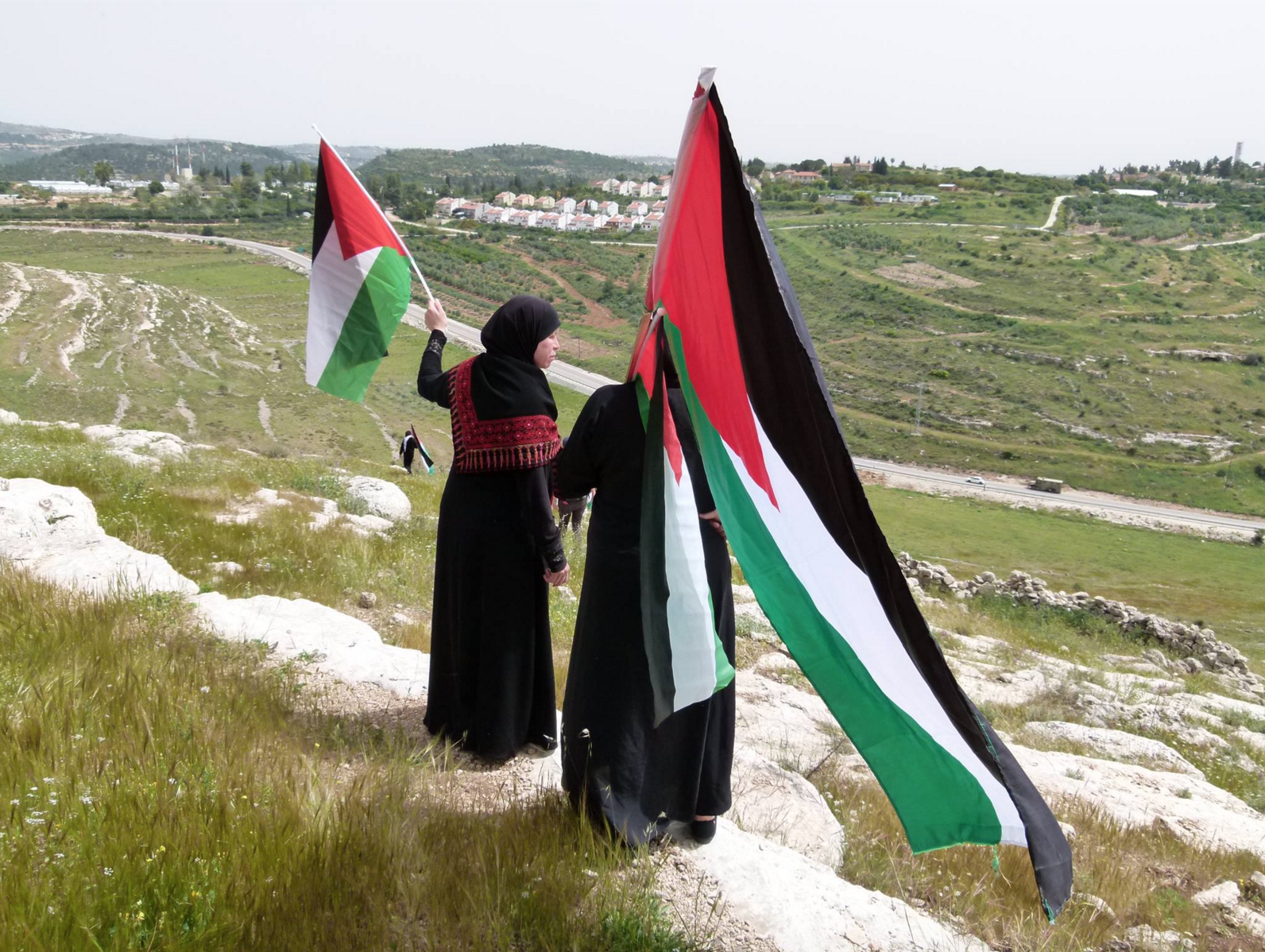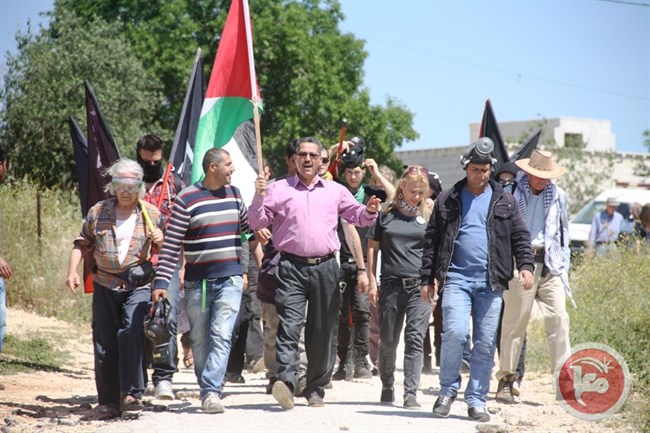Tag: Tear-Gas Canister
-
Bil’in protesters keep fighting after more than a decade of friday demoes
9th April 2016 | International Solidarity Movement, Al-Khalil Team | Bil’in, occupied Palestine The weekly protest took place in Bil’in on Friday April 8th, as it has done every Friday for over a decade. Around 35 protesters, a mix of multi nationals and Palestinians, took part. Very soon after the peaceful march started, the…
-
Nabi Saleh Protest Ends With Tear Gas
8th of April 2016 | International Solidarity Movement, Ramallah team | West Bank, occupied Palestine As on every Friday a group of Palestinians, supported by Israeli Peace Activists, Internationals and with an international media presence, came together in Nabi Saleh after midday prayers to protest the continued illegal occupation of Palestinian land by Israel. In…
-
Bil’in Land Day demonstration met with violence, long-range tear gas
2nd April 2016 | International Solidarity Movement, al-Khalil team | Bi’lin, occupied Palestine On 1st April 2016, the village of Bi’lin marked the 40th anniversary of Palestine’s Land Day during their weekly nonviolent Friday demonstration. Israeli forces attacked the peaceful demonstrators with a wide range of weaponry. The protesters marched towards the illegal apartheid wall…



